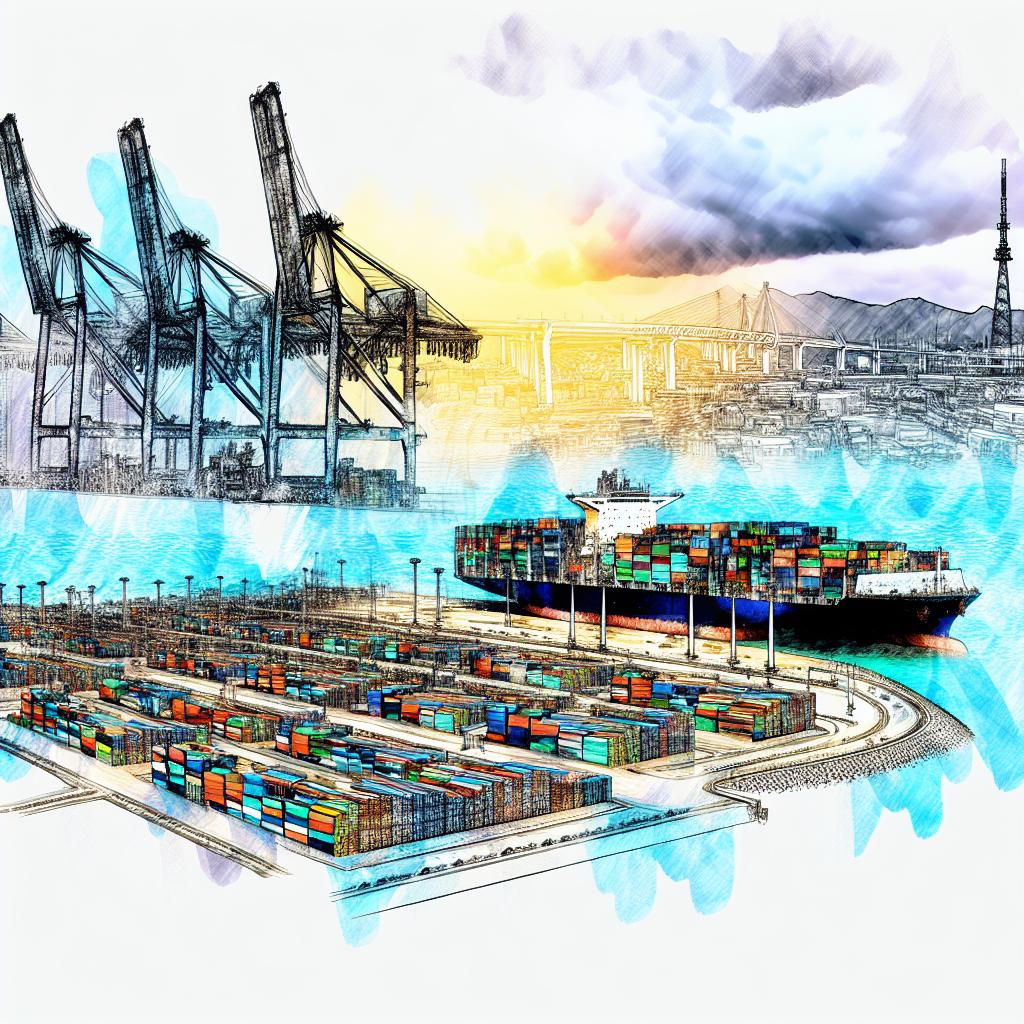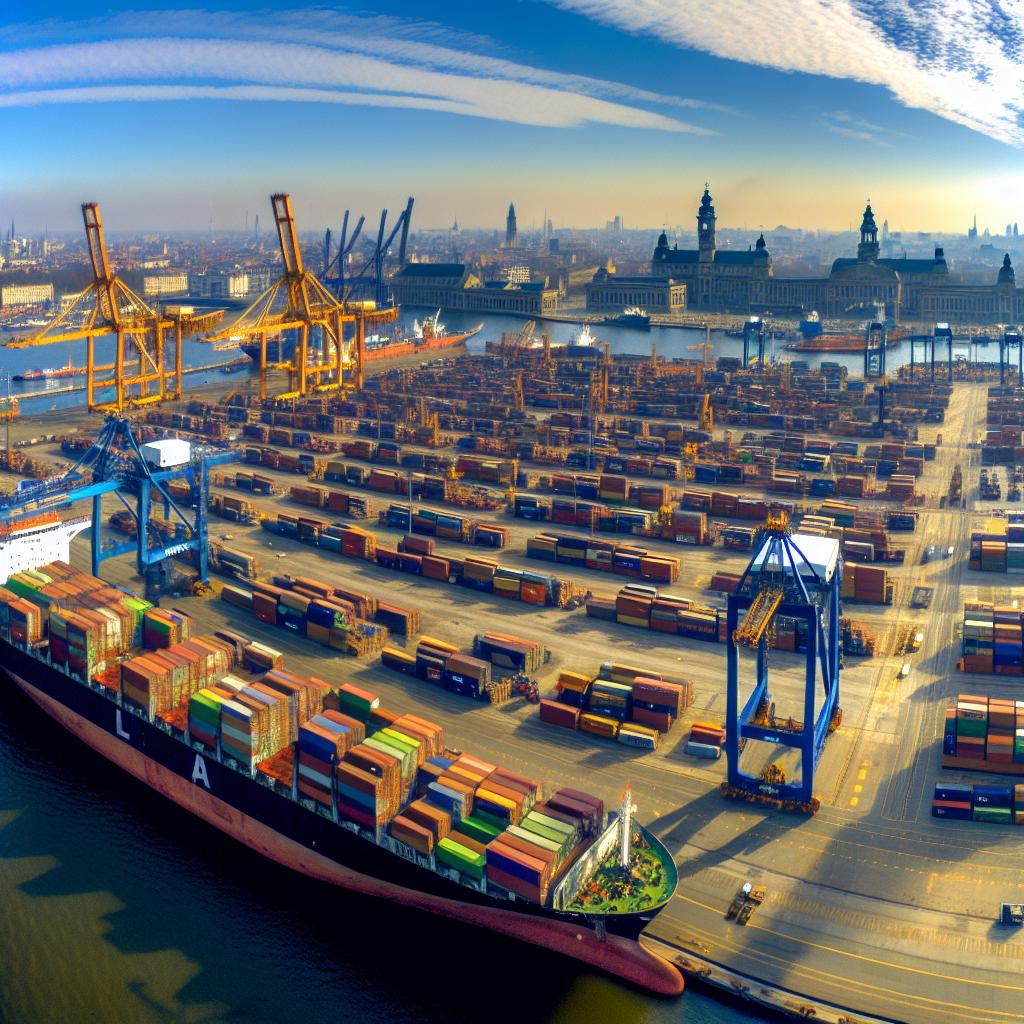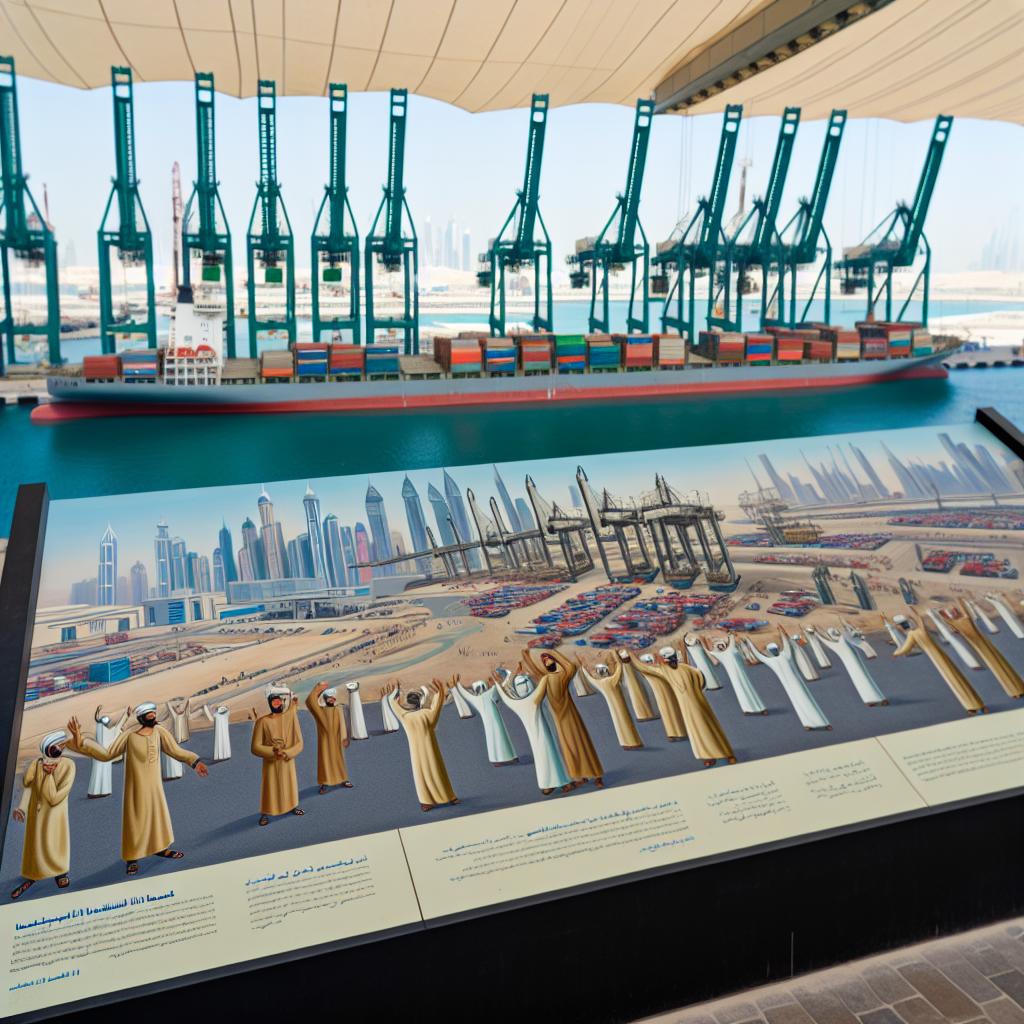The Port of Busan: An Overview
The Port of Busan, situated on the southeastern extremity of the Korean Peninsula, represents the largest and busiest maritime hub in South Korea. It is a vital component of the nation’s economy, serving as a critical gateway for international trade. Due to its strategic position in the Asia-Pacific region, the port holds significant importance in global maritime networks.
Historical Development
The story of the Port of Busan’s development is rooted deeply in history, tracing back to the early 15th century. Originally conceived as a modest coastal trading post, it reflected the maritime ambitions of Korea during an age when trade began to flourish. During the late 19th century, as Korea embarked on a journey towards industrialization, the port began to expand rapidly. This growth was marked by considerable developments in infrastructure and trade volume. Throughout the 20th century, it witnessed numerous pivotal transformations, notably following the Korean War, when concerted efforts were made to reconstruct and modernize the facilities, which significantly boosted the port’s capacity and functionality in international trade dynamics.
Modern Infrastructure
In the current era, the Port of Busan is synonymous with cutting-edge facilities and technological advancement. It encompasses several expansive container terminals that are designed to facilitate the seamless handling of vast quantities of cargo. The integration of advanced technology is a hallmark of these terminals, ensuring high efficiency in operations. The port’s modern infrastructure is not limited to container shipping alone; it also extends to bulk cargo handling and passenger services, making it a comprehensive maritime facility capable of supporting a range of maritime activities.
Economic Significance
The economic importance of the Port of Busan cannot be overstated. It plays an indispensable role in South Korea’s trade ecosystem, handling more than 75% of the nation’s container traffic. This statistic underscores its pivotal role in enabling international trade. As a major conduit for goods entering and leaving South Korea, the port forms an integral part of the global supply chains connecting the nation with diverse international markets.
Trade and Commerce
The Port of Busan is a central hub in global trade networks, facilitating connections with shipping lines from various parts of the world. It is adept at offering swift and efficient logistics services, which are crucial for businesses engaged in import-export activities. The port’s ability to accommodate a plethora of international shipping lines enhances South Korea’s competitive position in the realm of global trade, ensuring the swift movement of goods across borders and continents.
Environmental Initiatives
In the context of increasing global attention towards environmental sustainability, the Port of Busan is at the forefront of implementing initiatives aimed at addressing climate change and marine pollution. Recognizing the environmental impacts of maritime activities, the port has taken proactive steps to adopt sustainable practices.
Green Technologies
One of the key initiatives undertaken by the port is the integration of green technologies into its operation. This includes the adoption of shore power systems for ships, designed to reduce air pollution by allowing ships to turn off their diesel engines while docked. Moreover, the port has made significant efforts to enhance waste management protocols and has been actively promoting eco-friendly practices among the shipping companies operating within its premises.
Challenges and Future Prospects
Despite its many successes, the Port of Busan is not without its challenges. A pressing issue is the need for ongoing infrastructure updates to accommodate the increasing cargo volumes that continue to test the port’s operational limits. Furthermore, the emergence of competing ports in the Asia-Pacific region adds pressure on Busan to maintain its leading position by continuously innovating and investing in advanced technologies and facilities.
Expansion Plans
Anticipating future demands and challenges, the Port of Busan has laid out ambitious expansion plans. These plans focus on broadening the port’s capacity to handle larger vessels and increasing logistical efficiency. The primary goal is to ensure the port remains an influential and competitive force in global maritime trade. By undertaking these expansion initiatives, the Port of Busan aims to strengthen its infrastructure and strategic capabilities, thereby securing its role as a key player in international shipping and commerce.
In conclusion, the Port of Busan stands as a testament to South Korea’s maritime prowess, with a rich history and an essential function in the nation’s economy. It continues to adapt and grow through strategic initiatives and innovative developments, demonstrating resilience and foresight amidst the constantly evolving landscape of global trade.




